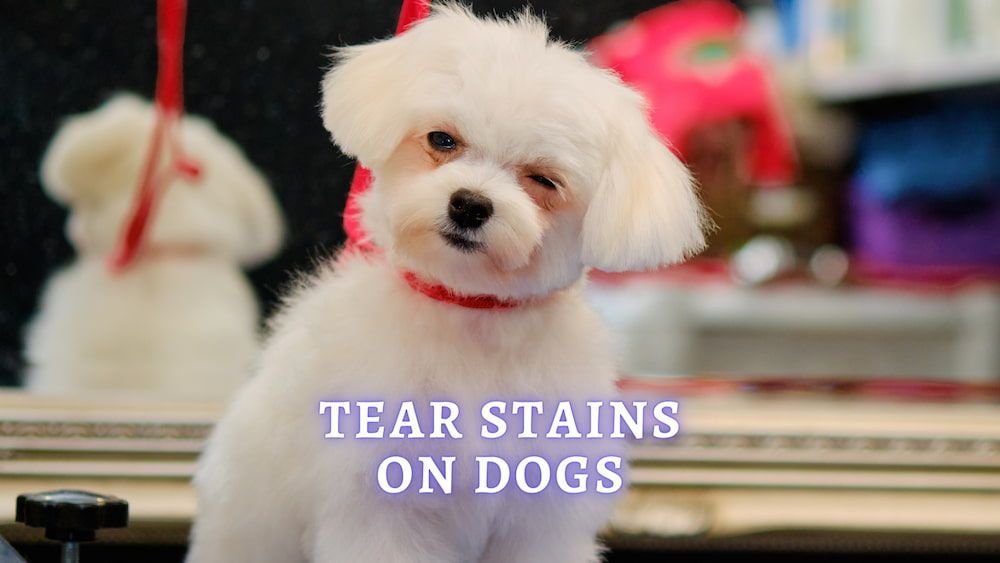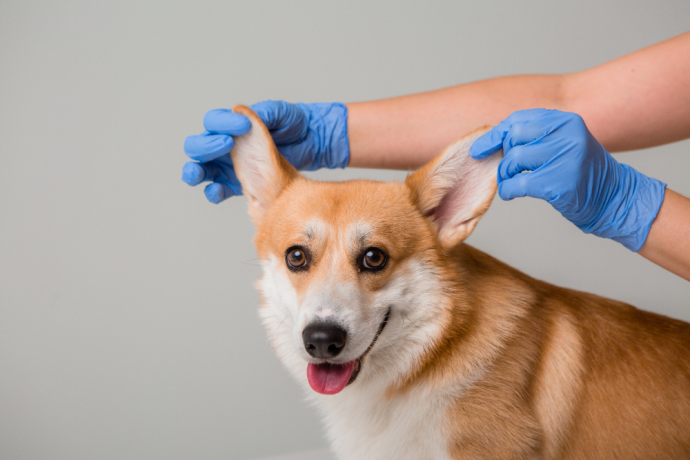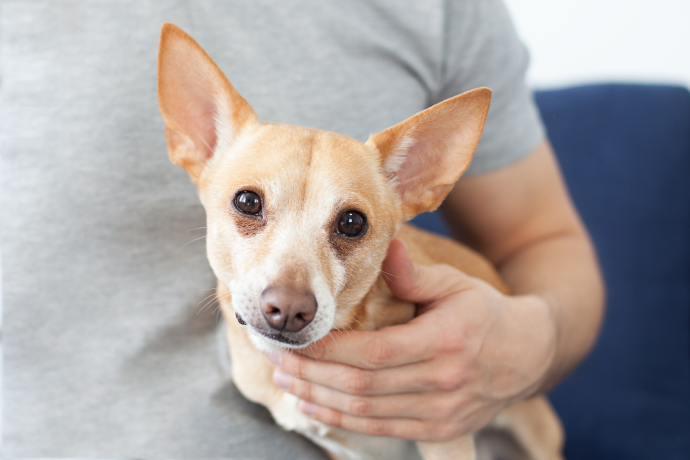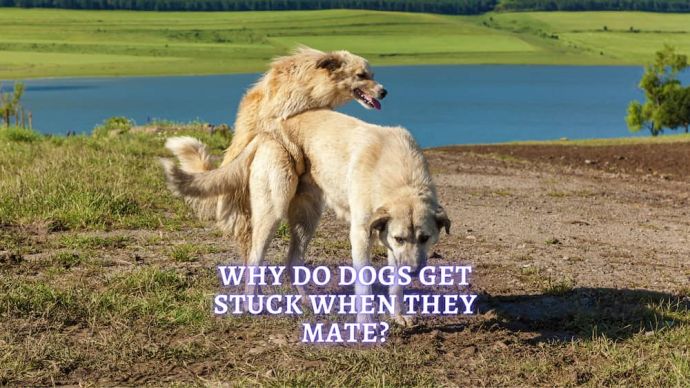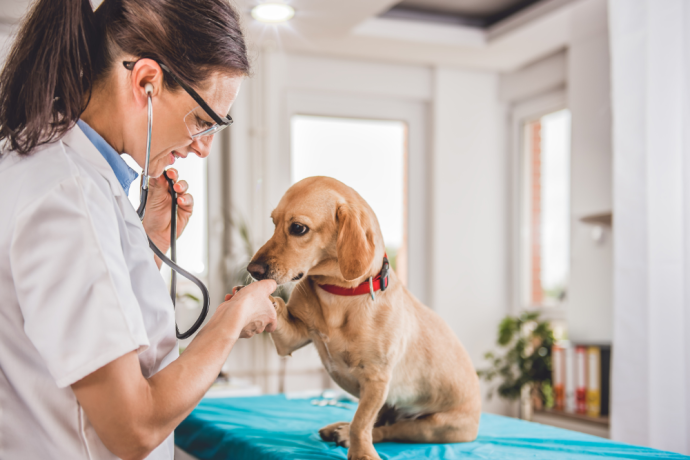Tear Stains on Dogs: How to get rid of tear stains on dogs? (Vet Advice)
Written by:
Author: Dr. Linda Simon
Dr. Linda Simon is a veterinary surgeon working with seven years of experience. She is a fellow of the British Veterinary Association and specializing in animal medicine. Also, she has been the Woman magazine resident vet for the past two years and writes a regular column for them, focusing on pets and their health.
View all 30 articlesLearn about our editorial process and veterinary review board.
Viewed: 80
Updated on: 12/27/2022
Owners whose dogs have tear stains are often worried about what they are and why they happen. It is essential to note this stains on dogs can be a sign of an underlying medical condition, so they should not be ignored.
Read on to discover all about dog tear stains, what causes them, and how they are reduced or even eliminated with the proper preventative care and treatment.
What are tear stains on dogs, and what causes them?
Tear stains are seen as dark fur under the rims of the lower eyelids, and the stained coat will be in the same place that this would fall if a dog ‘cried’. When excess tears are produced, the porphyrin contained within them stains the fur red due to oxidation. This is similar to what happens when fur turns a reddy-brown color after a dog has been licking at it excessively.
As the fur is stained, we cannot simply wash this darker color away instantly. For owners of light-colored dogs, when these stains can be highly visible, this can cause them a lot of angst and worry. Do remember, though, staining is a cosmetic issue and does not affect the dog negatively (as long as the eyes are healthy).
Tear stains are most easily seen in a white or light-furred dog, such as a Bichon Frise, Shih Tzu, or Maltese. However, they can occur in absolutely any breed but are not easy to spot in dogs with dark or black fur.
Those with shallow eye sockets and small tear duct openings, like Pugs and Chihuahuas, are often affected. Similarly, if the dog has narrow tear ducts, the tears are more likely to ‘overflow’ onto the face. In some breeds, this staining is so standard that it is considered ‘normal’.
READ MORE: All About Shih Tzu Maltese Mix
Possible medical causes for tear stains
While dog tear stains are par for the course in some breeds, we need to pay attention if they appear in those not predisposed. Similarly, if your dog has never had them before and suddenly gets them, there may well be indicative of a medical problem.
There are a range of medical conditions that can lead to excessive tear production and stains on dogs, including:
- Dry Eye (Keratoconjunctivitis Sicca). While one might assume there are less tears produced when a dog has dry eyes, this is not the case. The cornea is chronically dried out, and in pain, so the dog tries hard to rectify this by producing moisture and mucus.
- Corneal ulcers. When there is an ulcer, the inflamed and irritated eye will produce an abundance of tears. Other signs may include squinting, rubbing at the eye and eye redness.
- Bacterial or viral conjunctivitis. Dogs can get infections at any point in their life, and they can be passed from one dog to another. We can also see diseases spread from the dog’s ear to its eye (and vice versa) if they have an active ear infection.
- Entropion. This is an ‘inturning’ of the eyelid. Generally, this is a congenital disorder, and some breeds are more predisposed. Chow Chows, Shar Peis, and Bulldogs are often affected. Owners usually notice squinting and tear staining in their pup from a very young age. Often, the treatment of choice here would be surgical.
- Ectopic Cilia or ‘ingrown eyelashes’. When eye hairs grow in places they shouldn’t, this causes a great deal of irritation as the tiny hairs to brush against the eye’s surface. When left untreated, this will cause corneal ulcers and unsightly stains.
READ MORE: Why Does My Dog Lick The Air?
Non medical causes of excessive tear production
When we see dark brown stains around a dog’s eyes, we don’t have to assume that there is something wrong. For several dog breeds, this sort of tear staining is so common that it is classed as normal.
This can be due to a number of reasons, including:
- Face shape. Brachycephalic dogs have short snouts, bulging eyes, and narrowed tear ducts. This is a recipe for disaster in their eye health, and tears will inevitably run onto the fur when unable to pass through the ducts. Over time, stains are produced on the dog’s face, which can persist for a lifetime.
- Prior medical condition. If the dog has suffered with eye issues in the past and now has scar tissue within the tear duct, they may experience blocked tear drainage holes. With nowhere else to go, tears stream onto the facial fur.
- Irritants in the air. If the air is dusty or smoky, it is the body’s natural response to increase tear production, enhancing drainage and protecting the eyes. When this happens over a long period, the stains will appear. This is one reason we should always try to keep the air around our pets well-ventilated and free of irritants.
- Poor diet. Some experts believe that an inaSome experts believe that an inappropriate diet can contribute to excessive tear production. We may also see tear stains when a dog with food allergies is fed a diet containing their allergens.
Are dog tear stains a symptom of something serious?
Tear stains can be a sign of something serious, such as a corneal ulcer or inturned eyelids. We must take them seriously and only sometimes assume the problem is cosmetic.
If your dog does not usually have tear stains and they suddenly appear, you need to take note. This is especially true if other accompanying symptoms exist, such as eye rubbing, red eyes, or squinting.
However, for some dogs, tear stains are not necessarily a sign of anything serious. Excessive tears can have a range of benign causes, including being in a dusty room.
READ MORE: Dog Losing Hair Around the Eyes (Vet Advice)
Treatment and prevention
Now, down to the nitty-gritty. Cleaning and preventing tear stains is not always straightforward and can take some dedication on the part of the owner (and some cooperation on the part of the pet!).
Prevention of tear stains
Some dogs respond better to treatment than others. Indeed, if your dog has allergies and you are continually feeding them the dog food they react to, we are unlikely to get on top of the problem whatever we do.
So, always rule out a medical problem before embarking on the road to cleaning tear stains.
When it comes to the prevention of tear stains, be proactive. This means ensuring your dog has good ocular health and getting any eye issues checked out by the vet ASAP. If your dog produces lots of tears, clean under the eyes regularly to prevent skin irritation, so that tear stains do not build up.
It is also sensible to feed a high-quality diet that agrees with your dog. For long-furred dogs, like Schnauzers and Shih Tzus, consider trimming their facial fur short all year round.
It can help to use ceramic food and water bowls rather than plastic bowls and to use filtered water. The mineral content in tap water may be too high for some pooches.
Treatment of tear stains
Once tear stains have established themselves, they can be really tricky to treat effectively.
Clean tear stains with warm water and cotton wool. This can be done twice daily in more severe cases.
Top Tip: This cotton wool can be dipped in rose water, to minimise discoloration. When it comes to the eye, natural ingredients are best.
After cleaning the stains, pat them dry with dry cotton wool or a face cloth. Remember, your dog may not be a huge fan of this process, so always reward them with a treat and praise afterward if they have been well-behaved.
Frequently Asked Questions
How do I get rid of my dog’s tear stains?
To treat tear stains, we firstly need to determine why our dog has developed them in the first place. It may be that they have occured due to your dog’s breed and face shape. However, they could be a sign that there is a problem such as a yeast infection, poor quality diet or a more serious medical condition like an eye infection.
Once any underlying problem has been treated, we can focus on the cosmetic issue. Use paper towel or cotton wool to clean the dog eye discharge once or twice daily. Trim away any badly stained fur. We can then use rose water or very dilute hydrogen peroxide (being sure not to touch the eye itself) to clean the fur, though stains will take some time to disappear. There are also dog tear stain removers available from pet shops and vet clinics.
Do tear stains on dogs go away?
If there was a medical issue and it is then addressed, the tears should no longer be produced in excess. Over time, this will mean the tear staining goes away, as the stained fur will grow out and eventually be shed in a few weeks.
In breeds whose face shape or eye conformation means they are prone to tear stains, we are likely to never remove dog tear stains in full. However, interventions may reduce their appearance and keep the dog more comfortable.
What causes dogs to have tear stains?
Things like blocked tear ducts, shallow eye sockets, allergic reactions and generalized eye irritation can all result in too many tears being produced and/or less tears being appropriately drained.
There are a wide range of causes and, rather than playing a guessing game, it is best to seek veterinary advice on this one.
What causes brown stains on dogs eyes?
The brown color that we see is due to a pigment-containing molecule that is known as porphyrin. This molecule is actually a byproduct of the breakdown of red blood cells. The red or brown color that we see is due to the oxidation with the air.
When we see breeds like light-colored Poodles, white Bulldogs, and Maltese, we have become used to seeing these brown stains. They are much less common in breeds with long faces, such as the Greyhound and Whippet.
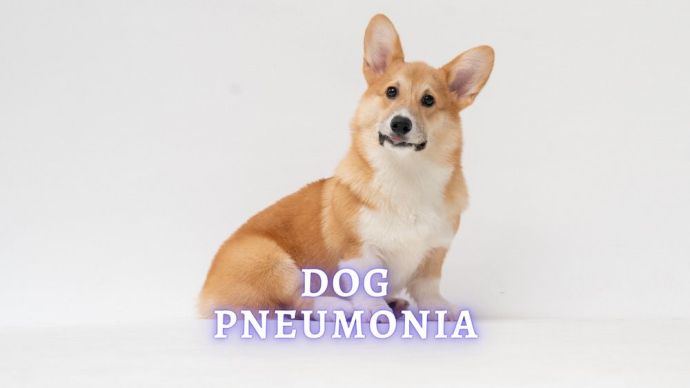 Dog Veterinary Tips Pneumonia in Dogs: Symptoms, Diagnosis, Treatment and Recovery (Vet Advice)
Dog Veterinary Tips Pneumonia in Dogs: Symptoms, Diagnosis, Treatment and Recovery (Vet Advice) - 343
- 0
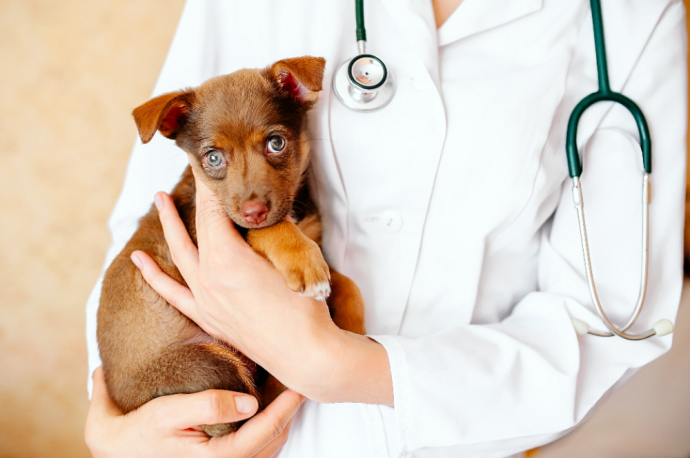 Dog Veterinary Tips Sick Puppy 101: How to know if your Puppy is Sick? (Vet Advice)
Dog Veterinary Tips Sick Puppy 101: How to know if your Puppy is Sick? (Vet Advice) - 1396
- 0
 Dog Veterinary Tips Why is my Dog throwing up: Causes and Preventing (Veterinary Advice)
Dog Veterinary Tips Why is my Dog throwing up: Causes and Preventing (Veterinary Advice) - 21800
- 5
 Dog Veterinary Tips Can Dogs Eat Mint? What Type of Mint Can Dogs Eat? Vet Advice
Dog Veterinary Tips Can Dogs Eat Mint? What Type of Mint Can Dogs Eat? Vet Advice - 1567
- 0
 Dog Veterinary Tips Why is my Dog throwing up: Causes and Preventing (Veterinary Advice)
Dog Veterinary Tips Why is my Dog throwing up: Causes and Preventing (Veterinary Advice) - 21800
- 5
 Dog Care My Dog Keeps Scratching His Mouth: Reasons Why Your Dog Scratching Face
Dog Care My Dog Keeps Scratching His Mouth: Reasons Why Your Dog Scratching Face - 17168
- 1
 Dog Care Why Is My Dog Bleeding From Its Butt? Causes and treatment of rectal bleeding in the dog
Dog Care Why Is My Dog Bleeding From Its Butt? Causes and treatment of rectal bleeding in the dog - 15114
- 0









